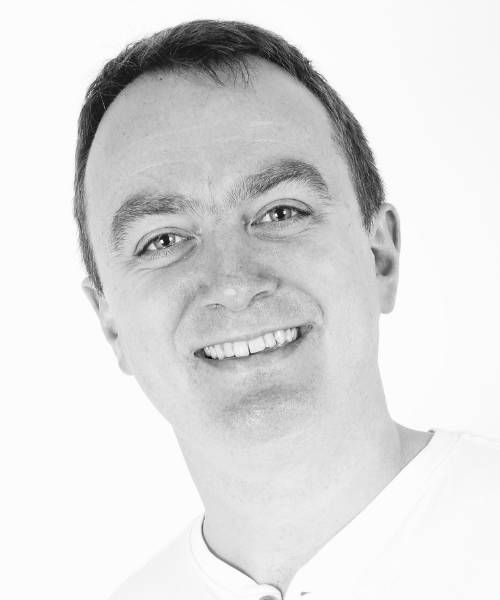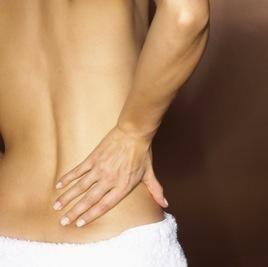Newsletter April 2013

Hello,
Welcome to April's newsletter. I hope you enjoy reading this edition. If you decide, once you're on this page, you'd like to go to the main website instead just click on the logo above.
As usual, don't forget I'm on Facebook (click here) to like my page and Twitter (@sportssmassage) to follow me.
Kind Regards,
James.
General Wellbeing - The problem is not always where the pain is...
As a manual therapist, I see a lot of clients with 'bad backs', which have just come about over time. Often those people also complain of low level neck pain and/or tight hamstrings as well. Now if you've read my newsletters before a lot of this is down to poor posture, usually as a result of a sedentary lifestyle.
The secondary impact of poor posture is that the 'root' of the problem is not always where it's hurting when you walk into the clinic. Anyone reading this article who has been on my treatment couch will probably recognise saying similar phrases to: 'I didn't know I had tight muscles there', or 'why does it hurt where you're pressing, that's not where I've been feeling the pain'. I hear this type of thing more often than not from my clients, and part of the reason for this is as a therapist I'm not looking in isolation at the muscles that are causing your discomfort.
Unfortunately, one of the 'downsides' (and don't get me wrong there are plenty of 'upsides too') of modern Western medicine is that it tends to look at the body's parts in isolation, rather than how they are interacting with the joints and tissues that surround and support them. Subsequently that's how we, as the public, have come to view them as well. For example, if you go to the doctor with a sore knee, he's unlikely to be wondering whether your whole leg alignment is slightly out, due to muscular imbalance, whereas that would be the first things I'd want to check.
So in short, I feel it's important to look at the whole 'chain' of muscles and joints when treating a limb, or the torso. With that in mind let's revisit our back pain scenario...
One of the key dynamics, when treating the back is the interaction of the pelvis, with the spine above and the legs below it. If you imagine the pelvis being a simple horizontal bar that everything attaches to and hinges from, you can quite quickly see that if there is restriction and tightness in the muscles at the back of the legs, then this could feed up through the pelvis into the low back and generate problems further up the chain.

Now lets make the hinge slightly more complicated and add in the low spine on top of it (imagine the spine as cotton reels stacked end to end, threaded together on a string). This brings into play the muscles that run up each side of the spine, as well as those that attach from the top of the pelvis onto the bottom of the ribcage. These muscles are there to aid stability and to allow forward and sideways bending. However, if they are overly tight and restricted (possibly due to tension in the legs) then there is very little ability to move the low spine in any one direction. For example as you lift one leg off the ground to take a step, you would have to lean over to the opposite side to accommodate this, rather than allow the spine to bend with a little sideways curve and maintain the upright body position.
One of the problems with moving in this manner is that your eyes always want to remain level, so the joints in between the vertebra (or imaginary cotton reels) further up the chain in your neck now have to bend and side-flex a little harder to maintain the steady platform for the eyes. This extra strain can cause the extra low level pain and/or tension headaches.
So there you have it, low back pain, neck pain and headaches all possibly as a result of tightness in the back of the legs....and why would we have tightness in the back of the legs?...because we spend most of out time sitting down in chairs with our knees bent. This shortens them...and short muscles equal tightness / tension and pain.
